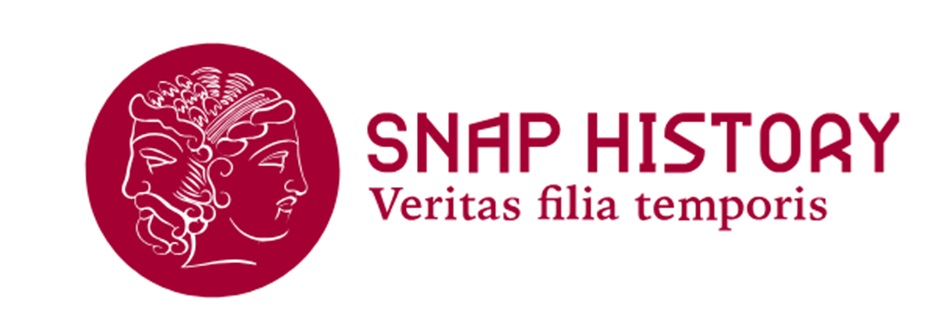The History of Weird Tales
The birth of modern horror/fantasy fiction

Weird Tales: the magazine that turned the fantastic into a cultural phenomenon, inspiring generations of authors and creators - Image generated with AI
Weird Tales, founded by J.C. Henneberger in 1923, was an underestimated yet crucial historical event in 20th century culture. Weird Tales was an important magazine in the publication of fantasy and horror fiction and had an incredible impact in shaping the dreams, nightmares and subsequent literary works of hundreds of 20th century authors. Its influence can still be felt today in contemporary fantasy pop culture, in film, art, literature and video games.
The magazine was born in Chicago at a time when pulp magazines dominated the publishing landscape, but were hardly considered by mainstream literary critics, who regarded them as products lacking artistic or cultural depth. His stories, generally in the form of short stories, explored the bizarre, the occult and the fantastic, in an incredible interconnection between science and magic that inspired the subsequent birth of the science fiction genre.
In the 1920s and 1930s, the magazine launched authors who would make history in the fantasy genre, such as H.P. Lovecraft, who published his best stories there, such as the Cthulhu cycle or The Mountains of Madness, introducing the cosmic horror genre for the first time. Robert E. Howard published stories about Conan the Barbarian there, giving birth to the fantasy subgenre of sword and sorcery, which combined the literary prototype of the hero's journey with the Lovecraftian prototype of the occult and dark magic. Clark Ashton Smith also contributed to the magazine's fame, a poet, sculptor and visionary who wrote stories somewhere between myth and science fiction, such as The Fall of Atlantis or the mythical continents of Lemuria and Herborea.
After facing considerable financial difficulties, the magazine was forced to close in 1954, but its legacy is still evident. The fantastical worlds of Lovecraft, Smith and Howard still serve as a vast source of inspiration for writers and young artists, demonstrating how a little-regarded magazine from the early 1900s can, in the long run, prove to be a true cultural phenomenon.
Michael Moorcock. Wizardry and Wild Romance: A Study of Epic Fantasy. Gollancz, 1987.
S.T. Joshi, Weird Tale, Kindle Edition, 2017.
2025-02-15
Francesco Toniatti
